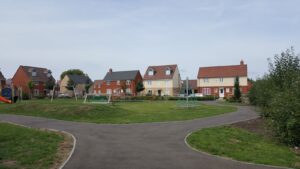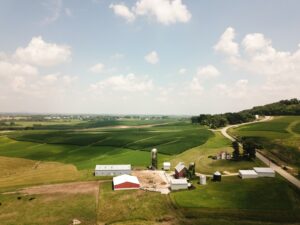Rural communities are facing higher transport and household energy poverty
A new report by the Rural Services Network (RSN) displays devastating cost-of-living emergency for rural communities.
The report, Rural cost of living, by Kovia Consulting for the Rural Services Network, discovered people living in rural areas are facing ‘dual energy vulnerability’ with costs of energy, house prices and transport higher than in other areas.
RSN found homes in rural areas are less energy efficient with 60% having an energy performance certificate (EPC) of D or below.
Energy ratings range between a band A – G according to how efficient their energy costs are. Anything below a C suggests work needs to be done.
Research found the average energy cost in rural areas is 10% higher – increasing as much as 17% in Yorkshire and the Humber.
RSN also discovered that rural households spend 50% more on transport a week due to a reliance on a car. Bus routes in these areas are continuing to be cut, with a 27% decrease in bus services across England in the past 10 years.
As well as higher costs, average wages are 6% lower in rural areas according to the study. This increases to 12% among employees with the lowest earnings, leaving vulnerable families helpless.
Soaring housing and rental costs combined with a 224% increase in demand for housing since the COVID-19 pandemic has sparked a 115% increase in homelessness between 2017-2020 – almost double the national increase.
The prices of houses in rural areas are 39% higher than in urban areas, excluding London, with rural villages and hamlets increasing to 55% higher.
Areas such as North Devon and Richmondshire have seen the costs of their properties rise by three times the rate.
Graham Biggs, Chief Executive of the Rural Services Network, has said: ‘While the recent government energy support package is welcome, rural areas are facing a triple burden of higher heating and transport costs, while also earning a lower income.
‘The government must overcome policy silos and develop an integrated approach that recognises the multiple forms of disadvantage rural areas face.
‘This should include levelling up the rural economy to ensure that low wage levels can be improved, as well as supporting rural houses to become more energy efficient to help get families out of fuel poverty.
Photo by John Reed

















